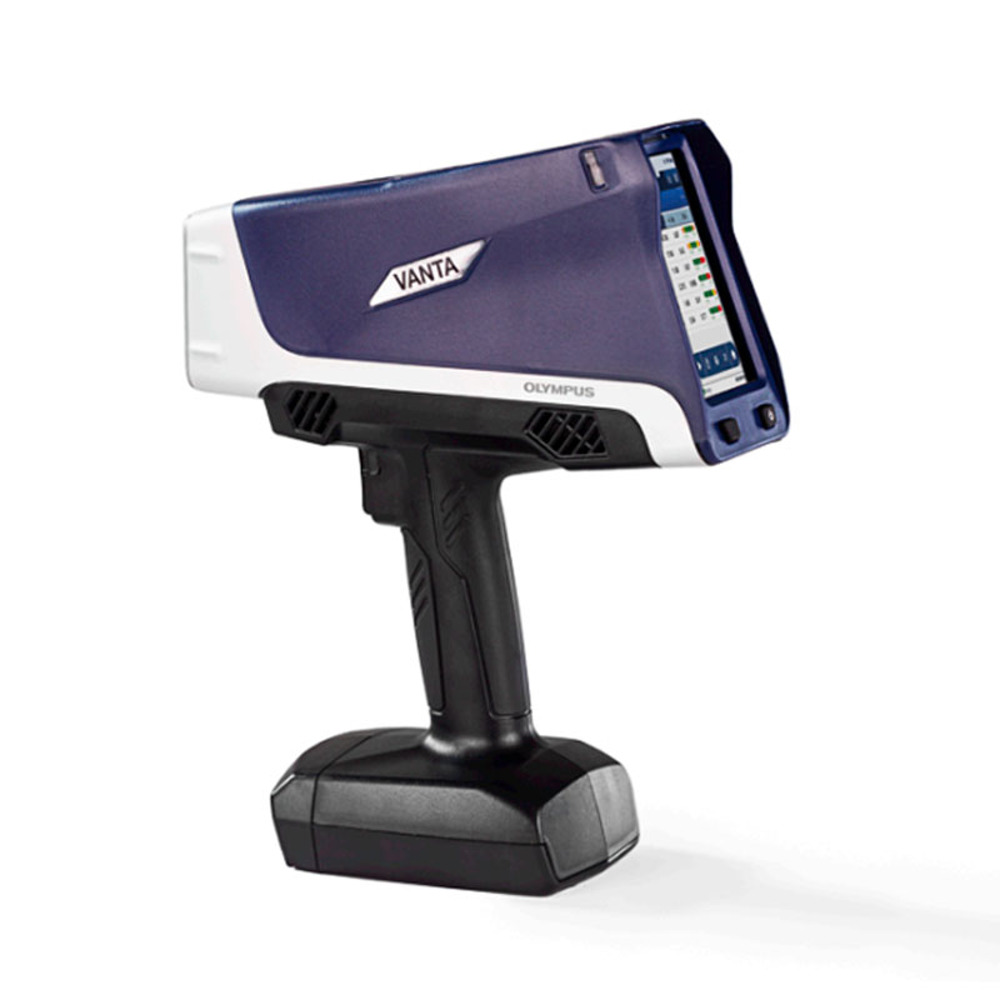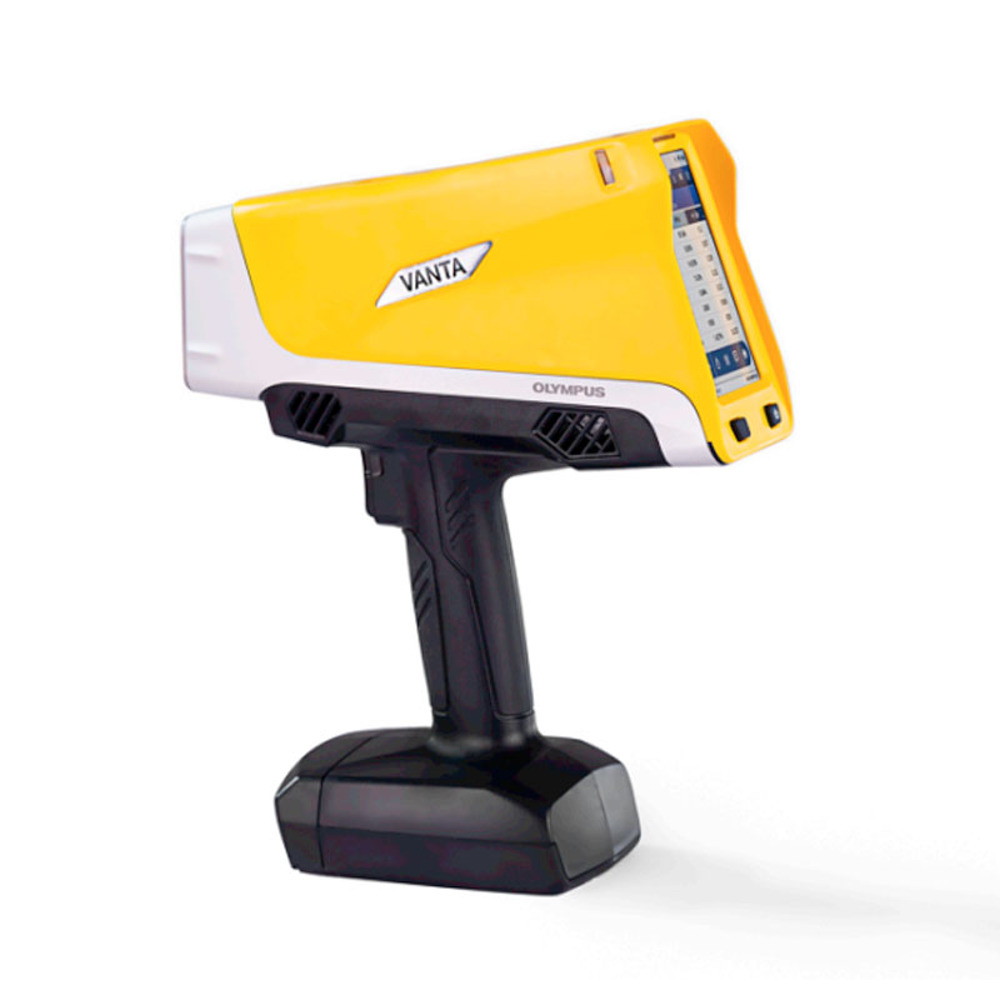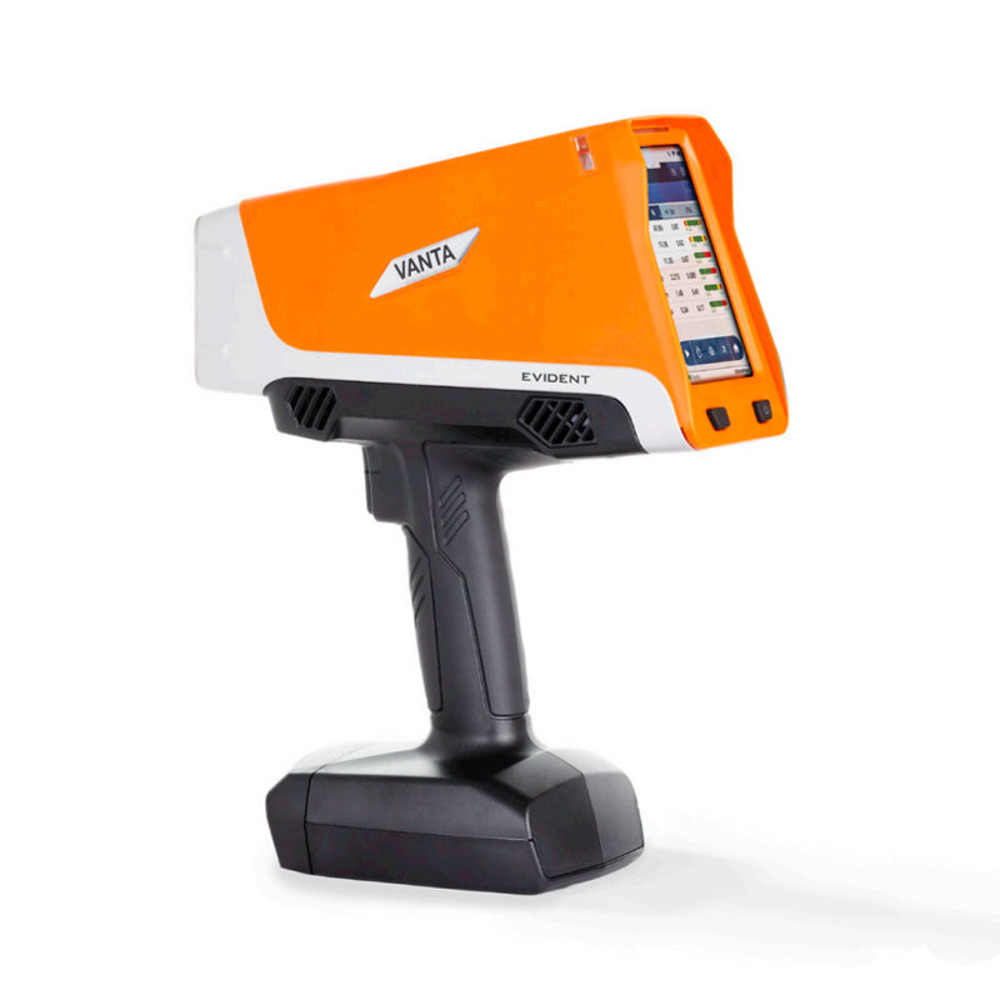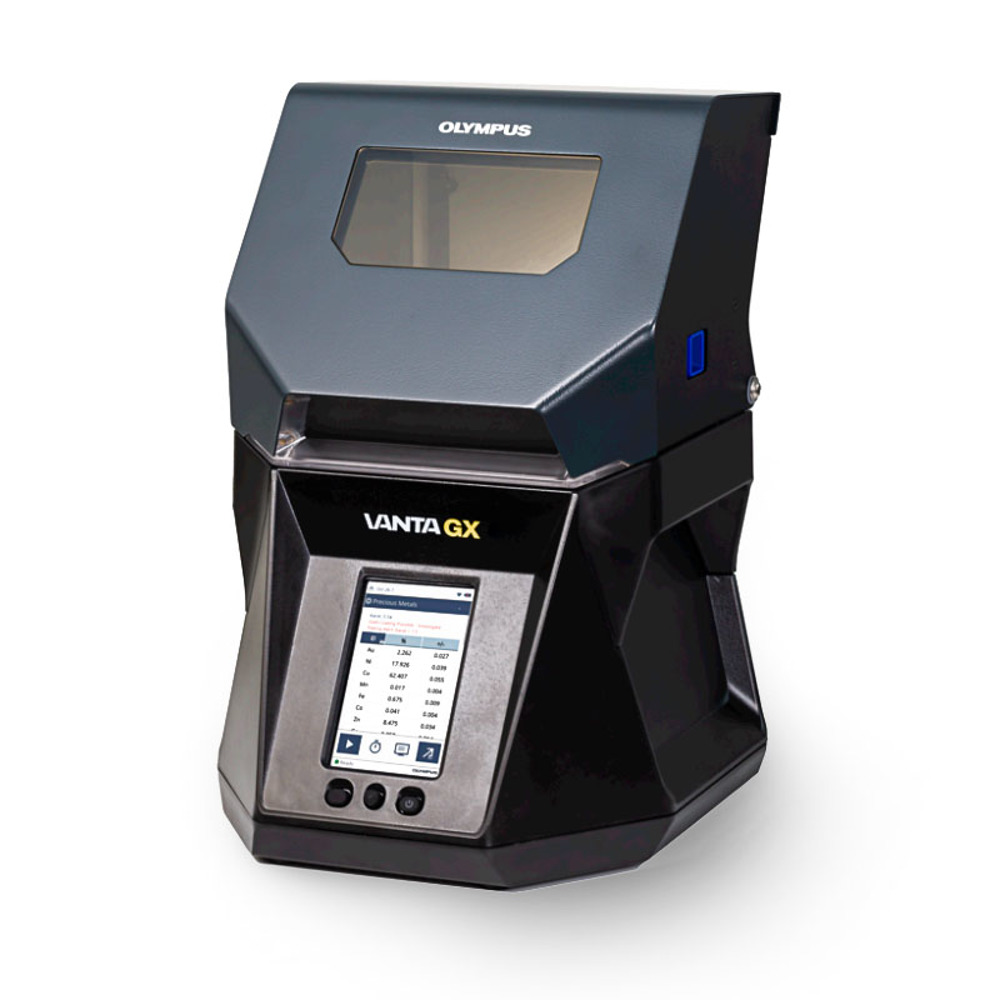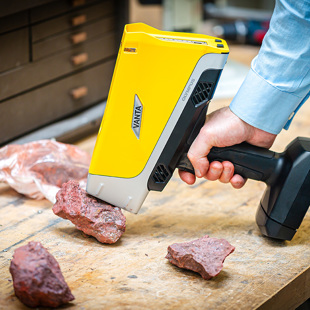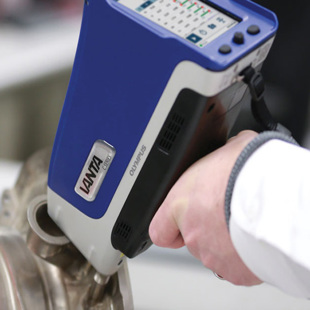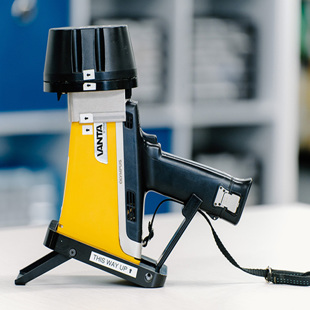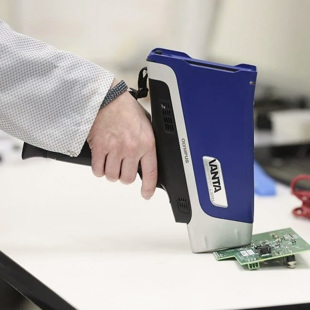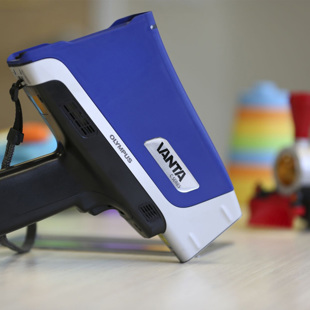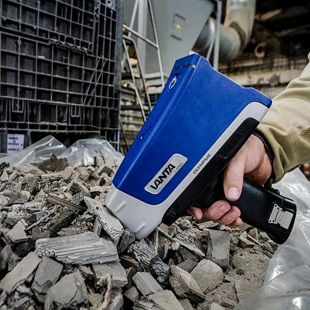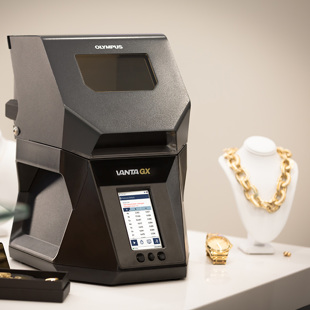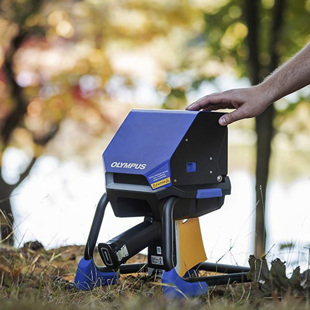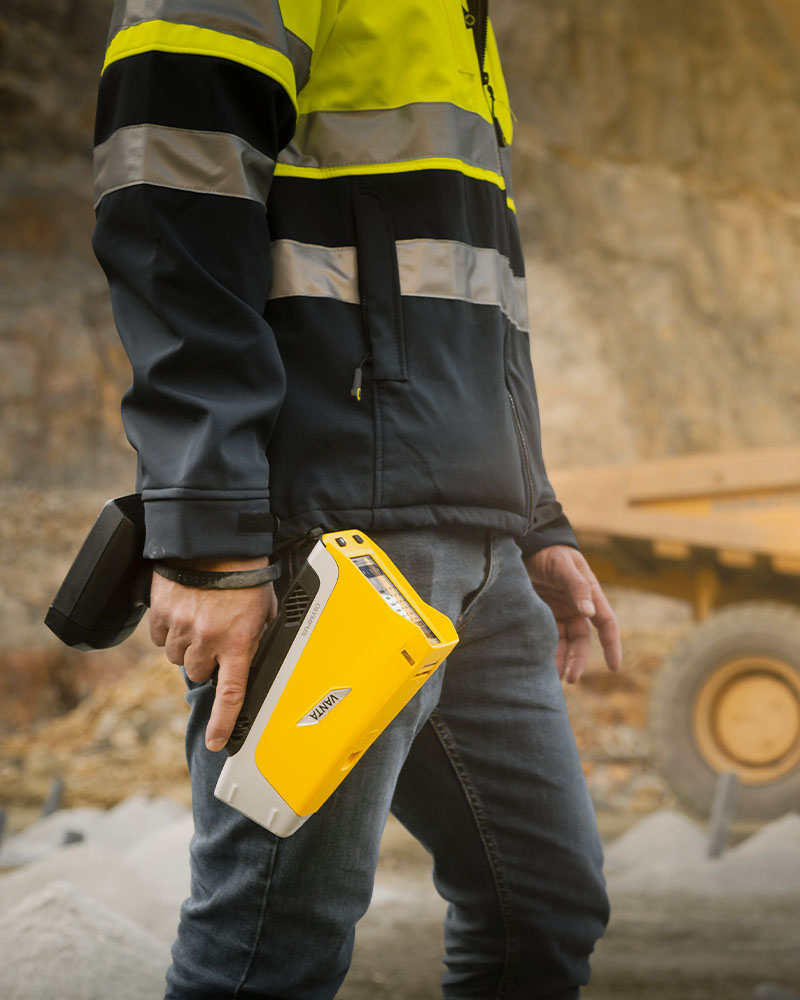XRF Analysers: Portable, Non-Destructive, and Innovative Solution
XRF (X-Ray Fluorescence) Analysers are portable, non-destructive analysers that represent the state-of-the-art in elemental analysis. The unique technology of XRF instruments has a wide range of applications and is an indispensable part of both scientific research and industrial processes.
What is XRF?
XRF, X-Ray Fluorescence, is a technique for the rapid and non-destructive analysis of the chemical composition of a material. XRF analysers are based on the principle that each element of the material under study creates a unique ‘signature’ or ‘fingerprint’. By identifying these ‘signatures’, XRF instruments perform a complete elemental analysis of the material.
An XRF analyser sends a beam of X-rays through the material. This beam interacts with the atoms of the material and causes these atoms to emit fluorescent (i.e. X-ray) photons. These emitted photons are analysed to determine the type and amount of elements present in the material.
What are the Technical Specifications of Portable XRF Analysers?
Portable XRF analysers offer an easily portable and user-friendly solution for professionals working in the field. The devices usually work in integration with a computer or tablet, so that the results of the analysis are displayed and recorded quickly and efficiently.
According to the technical characteristics of XRF instruments, they can detect even very low levels of elemental concentrations. They are also capable of analysing a very wide range of elements (most of the periodic table).
What are the Advantages of XRF Analysers?
The advantages offered by Portable XRF Analysers can be evaluated in a wide range. Perhaps the most obvious is the non-destructive analysis capability of XRF analysers. This feature offers the capacity to gain valuable information about the material being analysed without altering or damaging it. This can be particularly valuable when analysing valuable or protected materials.
Speed is another distinct advantage of XRF technology. XRF analysers deliver results in just a few seconds, enabling users to make quick and informed decisions. This can improve the efficiency of industrial processes and help prevent potential problems.
Also noteworthy is the ease of use and portability of XRF analysers. These instruments can be used without requiring complex training, saving users time and resources. Portable instruments can be used virtually anywhere, making them suitable for a number of different applications.
Finally, XRF instruments are known for having a wide range of elements that they can analyse. This allows them to be used in a variety of industries and scientific research, as these instruments can analyse most elements in the periodic table. This makes XRF analysers an ideal tool for the analysis of complex materials and samples.
The combination of all these features makes XRF Analysers the ideal solution for the effective and efficient conduct of both scientific research and industrial processes. Revolutionising the field of chemical analysis, these instruments will continue to be an indispensable part of both scientific research and industrial processes.



